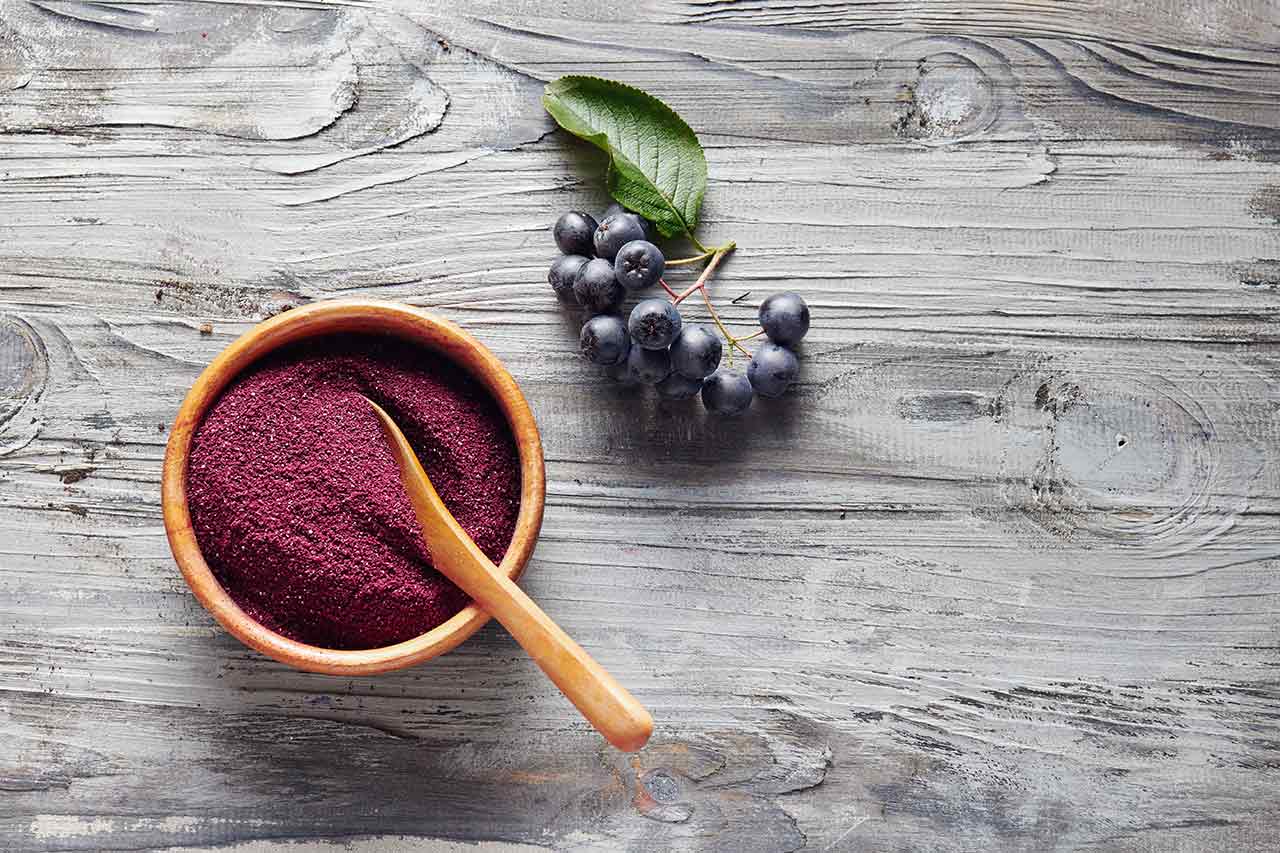Natural fruit powders: 5 market trends to decipher to join the ripest players

It’s an additional US$10 billion global revenue opportunity that manufacturers of natural fruit powders are going to compete for over the next five years, heading towards $25 billion in 2025 (Hexa Research). Fruit powders are a very common ingredients but not that well-known – often sold in a dehydrated form – adding taste, color, functionality and texture to many food products. The reasons why this market is dynamic are an increasing world population, a growing interest in natural low-processed food and a multiplication of innovative applications for these ingredients. Here are the 5 major trends to decipher in order to succeed on the natural fruit powders market.
An increasing pressure on competitivity stimulating innovation and partnering on natural fruit powders
Demand is more and more driven by qualitative, functional and sustainable expectations, pushing towards products premiumization on several segments. However, at the same time is appearing the risk of commoditization that the fruit powder manufacturers are facing because of globalization and challenging newcomers.
There is a paradox between the products’ prices going up, and the raw materials’ prices going down. This paradox is mainly explained by the intensification of competition among the end-product manufacturers (the customers of the fruit powder manufacturers) simultaneously pushing in both directions to defend their profitability.
Yet, despite this temptation to excessively encroach on their suppliers’ margins, end-product manufacturers remain aware that a fair collaboration is vital to the prosperity of their sector. Hence, their first expectation towards suppliers of fruit powders is to establish long-term partnerships in order to stimulate the co-development of innovative products and reduce their major pain point: lead time.
A polarized competitive landscape engaged in horizontal diversification
Even if there is a wealth of active mid-sized fruit powder manufacturers, the competitive landscape is hour-glass shaped and concentrated around 10 major players representing almost 50% of the market total turnover. Among these leaders should be mentioned Symrise-Diana (Germany), Döhler (Germany), Van Drünen (USA), Givaudan (Switzerland), Kerry Group (Ireland) and Milne (USA).
As part of their development strategy, external growth remained favored (with 55%) over organic growth as merges and acquisitions allow them to increase their market share but also enter new geographics and acquire bricks of complementary manufacturing technologies.
However, in spite of a lower impact, organic growth through diversification into new market segments still accounted for nearly 25% of the growth recorded by the sector last year. Eventually, the remaining part of organic growth (~20%) was due to increased sales on existing segments.
Promising but not yet mature innovative fruit powder dehydrating and manufacturing technologies
Sorted by decreasing order, the most largely used fruit drying technologies are spray drying, freeze drying, drum drying and vacuum drying.
To try and differentiate, some manufacturers of fruit powders are patenting these standard fruit-drying technologies. Such initiatives are not very convincing as they are considered just marketing by food manufacturers which won’t favor a fruit powder over another for this reason only.
That being said, promising innovative technologies are emerging such as infrared drying, zeodration, microwave drying and ultra-rapid concentration (URC) drying. They all present pros on cons regarding quality and productivity and if none appear to be a serious game changer at the moment, the ongoing heavy R&D investments and fitting industrial partnerships could soon lead up to exciting disruptions.
Specific opportunities for natural fruit powders by geographical area and market segment
Beyond the traditional food applications (Savoury, Dairy Bakery, Confectionery and cereals, Beverages, Meat and Poultry, Snacks), new niche applications are emerging associated with specific consumers’ requirements as well as technical or legal constraints, but also an often higher margin (baby food, nutraceuticals/pharmaceuticals, pet food).
Combining segments and geographies in the analysis allows to conjure up very different situations. For example, Convenience food (ready meals, soup), stands for more than 10% of the global US food market with about $70 billion in 2018, but shows a rather medium growth forecast (+4%)(Statista 20219). On the contrary, counting for only 3% of the Latin American food basket (10 times less than the US in absolute value with $6.5 billion), the development prospects on this segment are 3 times better (+12%) (Statista 2019), making it a more interesting market in the long run.
In conclusion, the interdependencies between these transformations can be broken down in many ‘white spaces’ that the most reactive players will be able to benefit from. Naturally, the contextualization of these insights to your organization and the ability to translate them into specific recommendations and actions will be decisive factors of differentiation and success on the natural fruit powders market. And Alcimed is here to support you!
About the author
Quentin, Project Manager in Alcimed’s Life Sciences team in Swizterland
Do you have an exploration project?
Our explorers are ready to discuss it with you